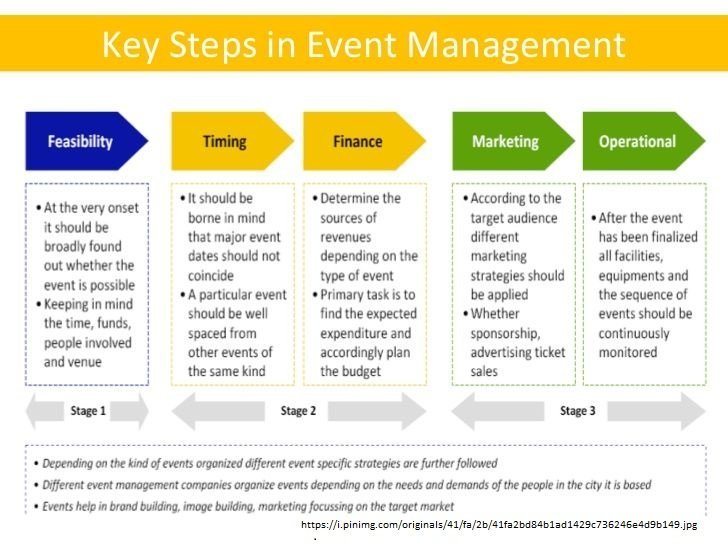Victoria | 25 July, 2017
Imagine you had one shot to impress your clients and convince them that you’re better than your competition.
How would you do it?
Would you pour more money into your social media campaigns and ads? Would you publish the best ultimate guide on how your product or service can help people solve their most burning problems? Would you waste time and resources on exhibiting at trade shows?
If you think any (or all) of these would be the right thing to do, then you would be wrong.
The best way of differentiating yourself from the competitors and conquer the hearts of clients is to plan brand events.
Skeptical about that?
According to Markdebrand, “In-person events have the power to sway a customer’s opinion regarding a brand, big or small, and influence their purchasing habits while creating an emotional and sensory connection with every attendant.”
In addition, an EventTrack survey showed that if you decide to plan brand events, you’ll increase the chances of improving your consumers’ perception about your brand and influencing their future purchasing decisions.
So step outside of your tiny marketing mindset box and plan brand events.
Here’s how you can get started:
Outline the profile of your attendee personas
Obviously, you know who your buyer personas are. You probably already have separate profiles on them and are crafting specific messages to different target groups. However, this doesn’t spare you from the need to outline the profile of your attendee personas.
If you want to plan brand events, you must be 100% clear about who your audience is. More than that, as in the case of targeted communication campaigns, you must have targeted brand events, meaning that you can’t run the same brand event for both loyal and new clients. They are engaging with the brand on different levels; subsequently, for a greater impact, their event experiences must be distinct.
Define the main problem your event will solve
So you can’t wait to plan brand events and directly sell your products or services … not so fast! You can’t invite a bunch of clients and start flooding them with ad content about how great your brand is. If you do so, don’t be surprised when, after a while, you end up alone.
Think, instead, about a problem that your clients have and focus the event content on delivering solutions and knowledge on how to solve that issue. For example, if your brand relates to the pharma cosmetics industry and your event is for cosmetologists, you can wrap the content around ways your attendees can increase their income or cultivate their relationship with their customers.
Decide the value proposition you want to highlight
Although it’s not advisable to directly sell your products or services, you may want to find a way of emphasizing one of the values of your brand. Don’t overwhelm your audience by showcasing all the benefits of your products or services. Go the minimalist route and focus on one power point of your brand that can help your attendees solve a burning pain or issue.

Set up the in-person brand experiences
Be it a product or service live demonstration, an awesome learning session, or a problem-solving workshop, determine the ways in which your attendees can experience your brand. It may not seem obvious, but according to the EventTrack statistics, live demonstrations or free samples influence the purchasing decisions of 80% of event attendees.
Design a post-event follow up strategy
If you plan brand events, you also have to decide how you’ll communicate with the attendees afterwards. For an efficient follow-up strategy, apart from the standard thank-you emails, engage with your audience by sharing relevant content you discussed during the event (presentations, videos, etc.). Don’t forget to use a powerful event management software that will help you with the mailing campaigns.
On the other hand, remind your guests about your products or services by offering them a special discount or incentive (for attending the event), which will make them feel special.
Call to action
If running live brand experiences for your (prospective) clients is something new to you, take your time to really plan and strategize your next steps. First, define your event target groups and decide which buyer personas you want to invite. Then, analyze what the problems or challenges your attendees have to face in their professional (or even personal) life and design the event around the solutions you may provide.
Afterward, focus on defining the value proposition of your brand you want to highlight during the event and on setting up in-person brand experiences. Then, decide what your event follow-up strategy will be and what your expected outcomes are.